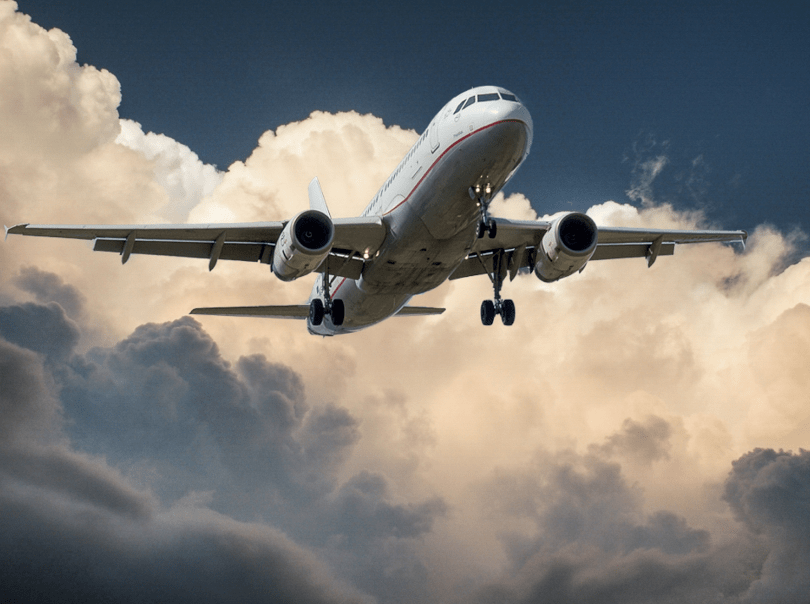Have you ever wondered what differs gliders from airplanes? Don’t worry, you are not alone! Usually, people find it hard to distinguish a glider from a common airplane since they almost share the same design, piloting factors, and aerodynamics.
In this article, you are about to find out the differences between the two, as well as the respective purposes of these aircraft. Make sure to read further!
What is a glider?
Also known as a sailcraft and sailplane, a glider is a common aircraft that stays aloft without the power from an engine. Instead of utilizing an engine to lift it up, like a traditional plane, it acquires velocity with the help of a distinct support system, including a tow plane, a winch, or probably an automobile launch mechanism.
Once the glider is aloft, it flows and rides along the air currents to retain velocity and control smooth landing. There are three common types of air currents that glider pilots use:
Thermals – created by heat from the Earth’s surface. These are columns of rising air that are found in asphalt parking lots, rocky terrains, and dark fields.
Ridge lift – This is a type of air created by the winds coming against the mountains, cliffs, ridges, and hills.
Wave lift – This is air produced when the mountain meets the wind.
What is an airplane?
Also known as aeroplane, an airplane is a fixed-wing aircraft that banks on the power being produced by a jet engine, rocket engine, or propeller. It offers a broad spectrum of uses: for recreation, transportation of goods and people, research, and military purposes.
Wing aspect ratio
Probably one of the most distinct differences between the two aircraft is the wing aspect ratio. Gliders usually have high aspect ratio wings, meaning they are longer and narrower than airplanes. An aircraft’s aspect ratio can be measured by dividing the square of the wing’s span by the wing’s area.
Having a higher aspect ratio have less-induced drag, hence the gliding effect.
Dimensions
Speaking of aspect ratios, it is also important to talk about the size of these two aircraft. An airplane’s size can range from a small biplane to a jet used commercially. On the other hand, a glider usually has a wingspan that is less than 90 feet, and as small as 40 feet.
Power source
Another distinct feature that differs gliders from airplanes is the power source. An airplane possesses an internal combustion engine that produces power that pushes the aircraft forward and lifts it up. On the other hand, gliders do not have an engine. Instead, the lift and initial velocity rely on an external mechanism or a mechanical start. In the moment of a hang glider, the operator of the glider will usually run along the side of a hill or cliff.
Construction
Gliders and airplanes look similar. Usually, because the parts are similar. Body materials are made of fiberglass, aluminum, or carbon composites. However, some gliders have parts made of fabric stretched along steel tubes, as well as wood. Hang gliders utilize a special sort of fabric that stretches over a steel frame.
Performance
An airplane is like a car—the activity time is limited by fuel supply. On the other hand, a glider’s flight time and trajectory depend on the condition of air currents. Usually, a glider starting at 3,000 feet altitude can remain in the air for approximately 20 to 25 minutes, given that there are no rising air currents extending its flight. An experience glider pilot can stretch aloft time by flying beneath mature or new cumulonimbus clouds, over urban areas, over large fields, or along the ridges of the cliffs, hills, and mountains, since all of these can generate rising air currents, hence lift the aircraft.
Landing
Compared to a usual airplane, gliders are not able to add power if they won’t reach the touchdown zone. It may look like a simple concept, but experienced glider pilots are trained to assess their landing approach so they don’t land short, and always wait until they have confidence that they have the field ready.
The landing process is not very different from that in an airplane. A pilot needs to flare until lift reduces and touches down lightly. For one-wheel gliders, it’s a challenging act to keep the wings off the ground.

